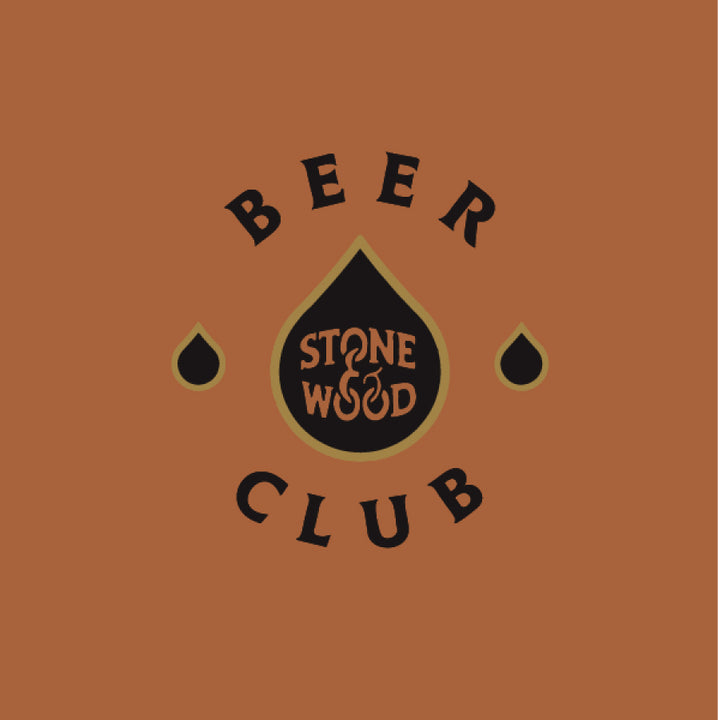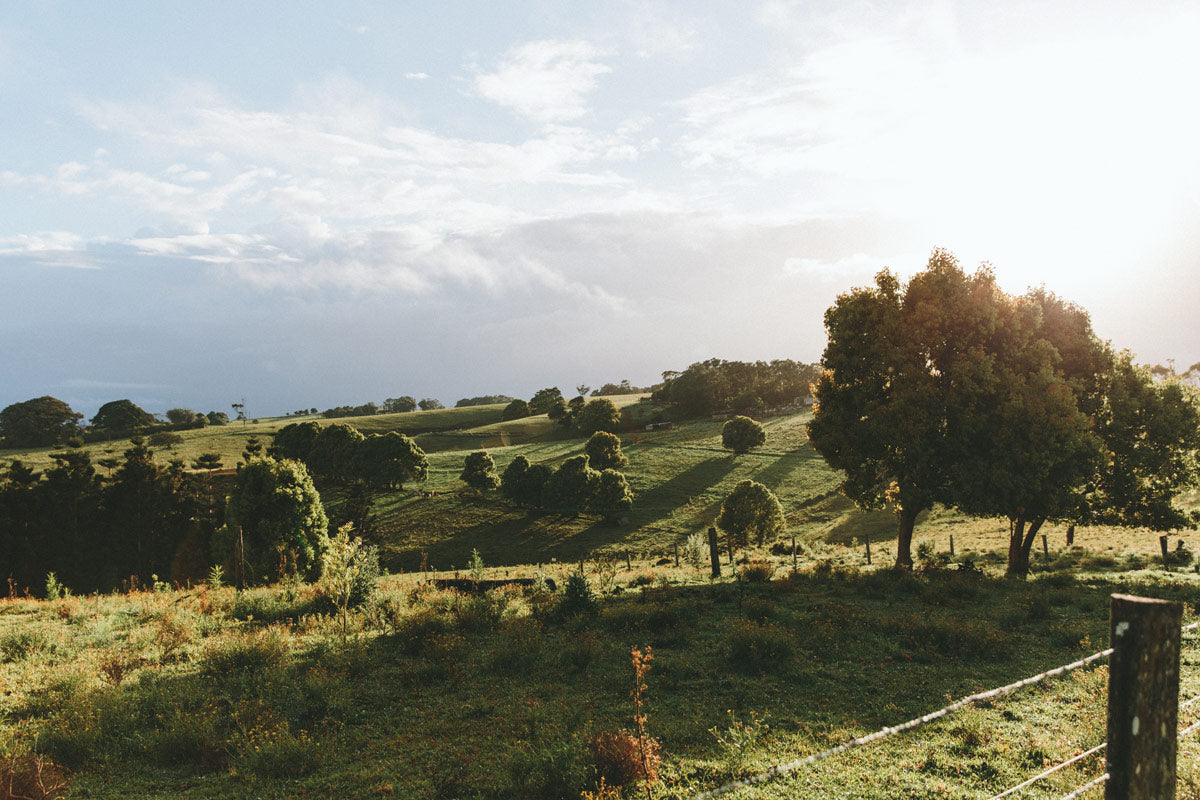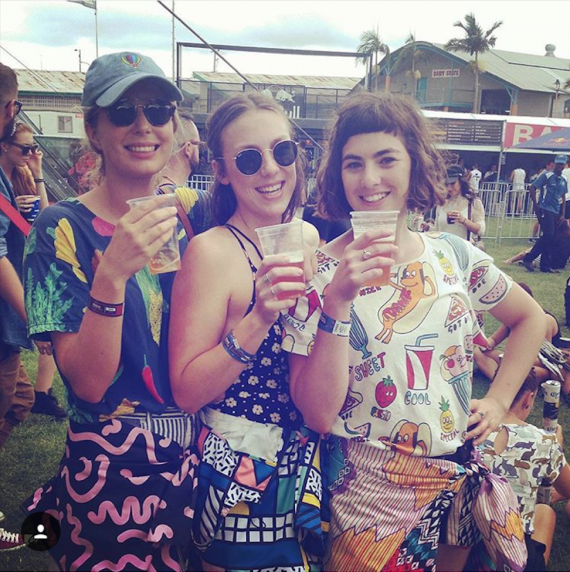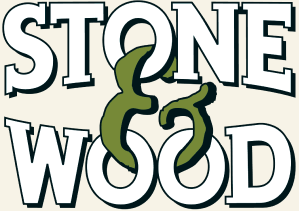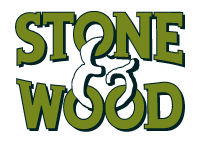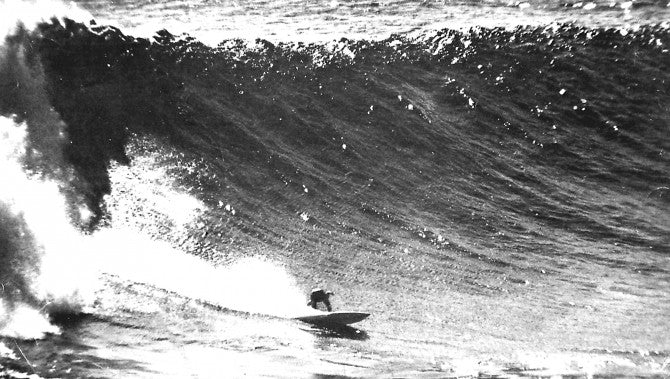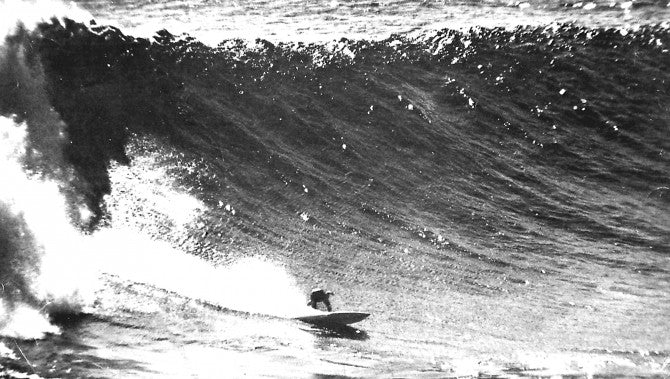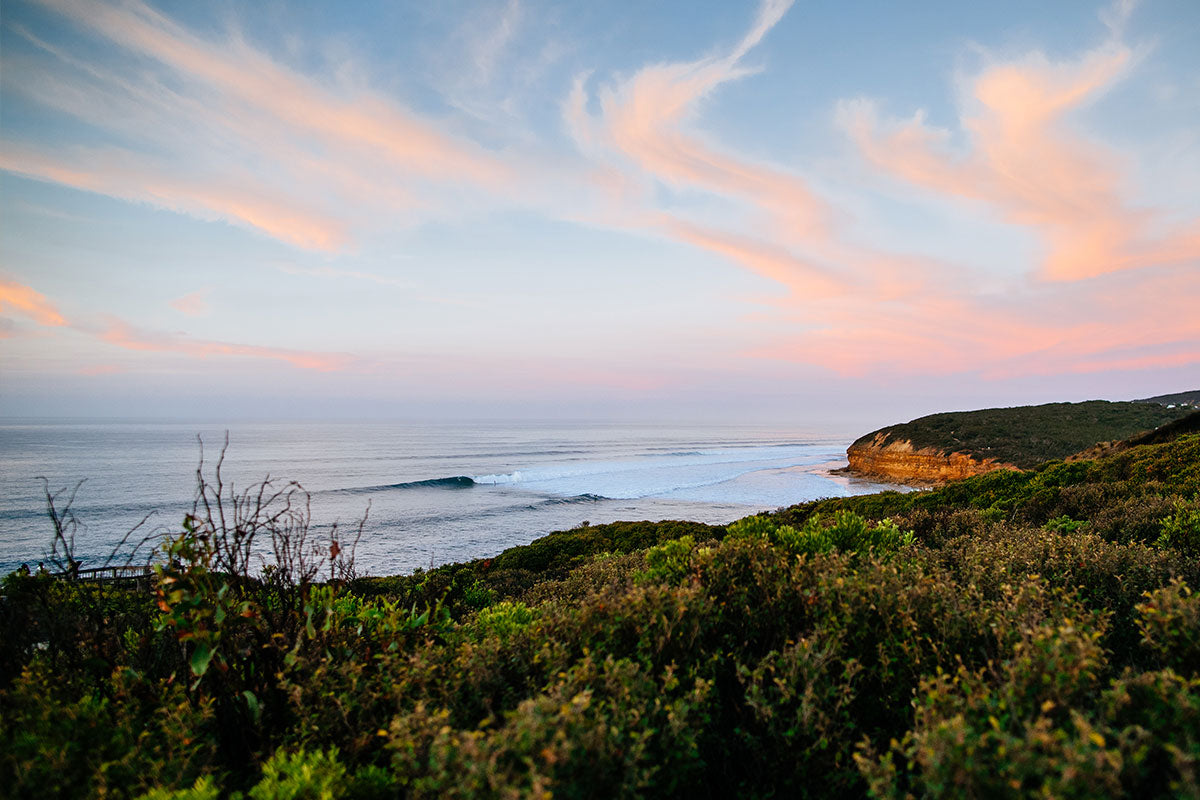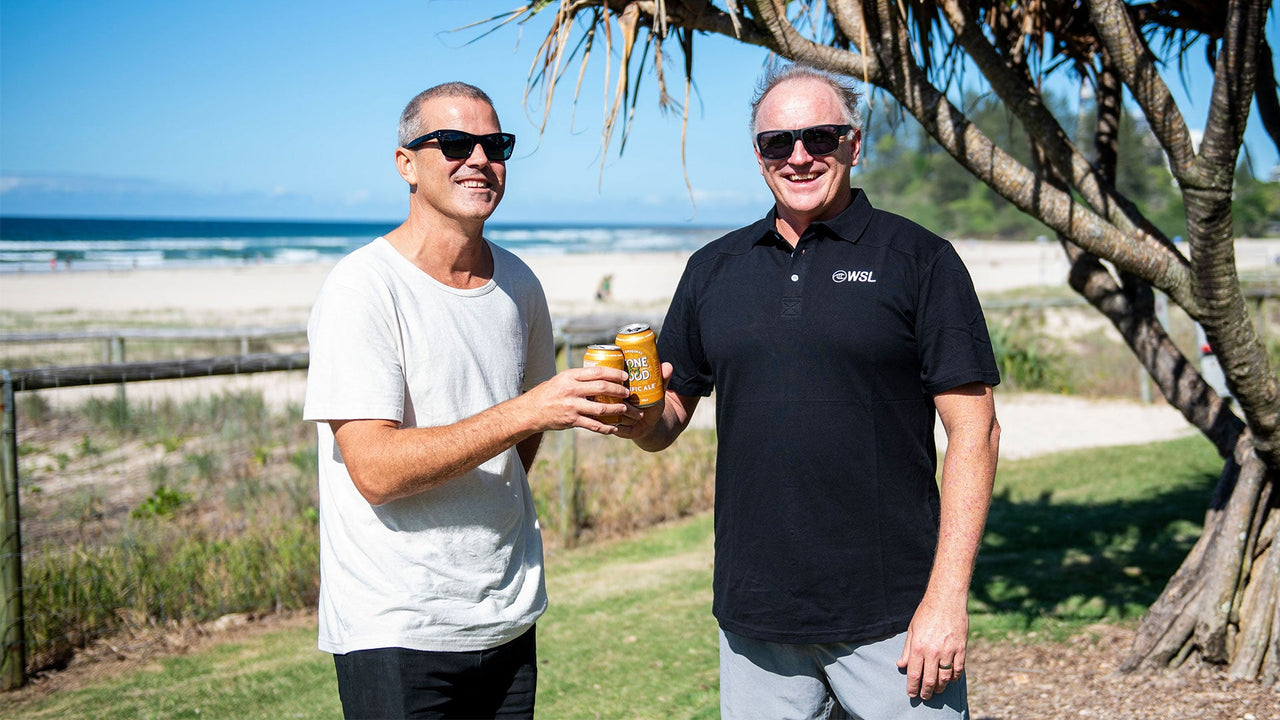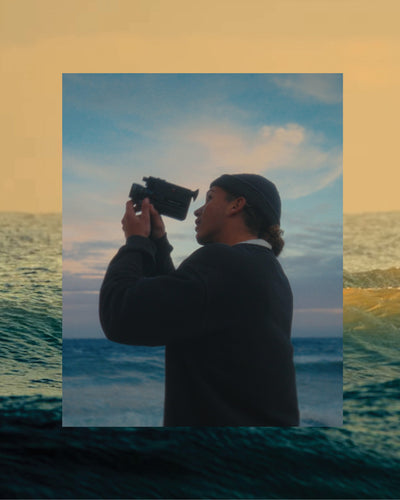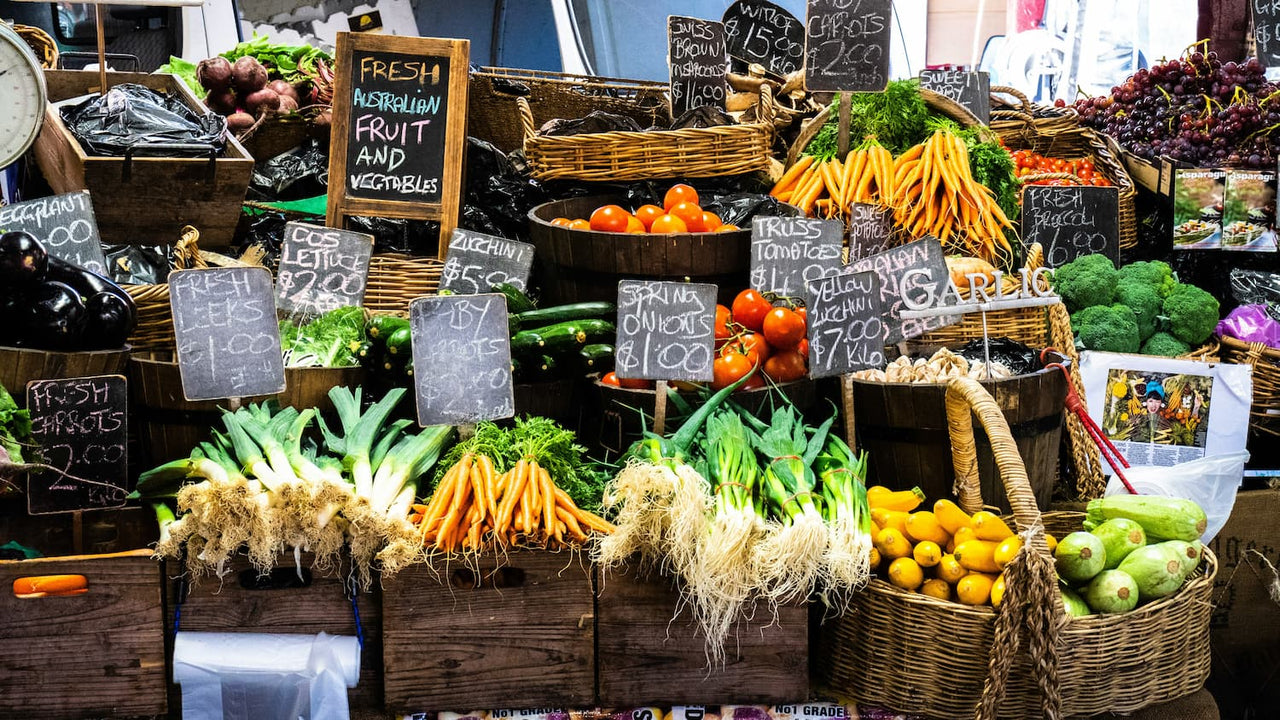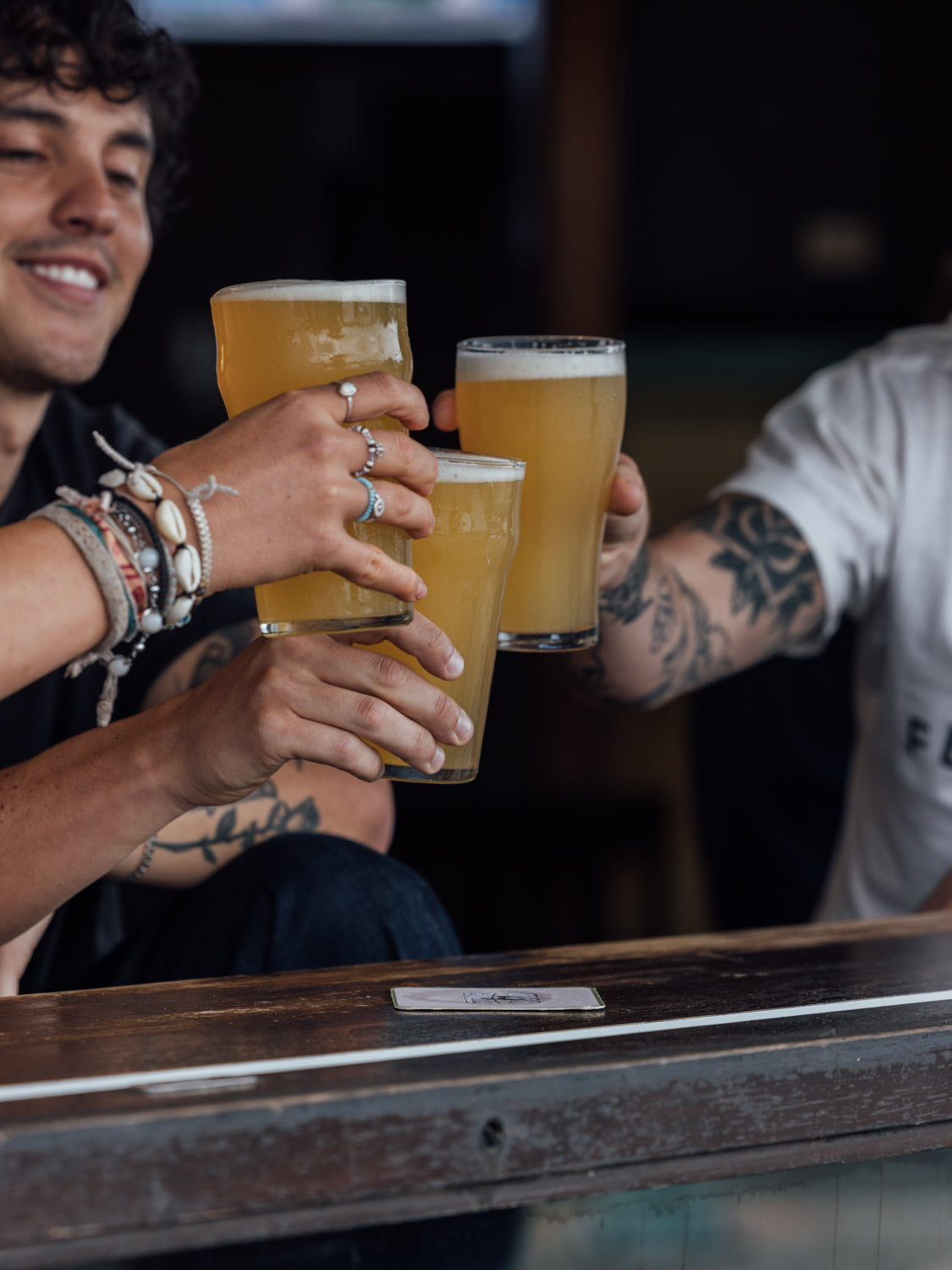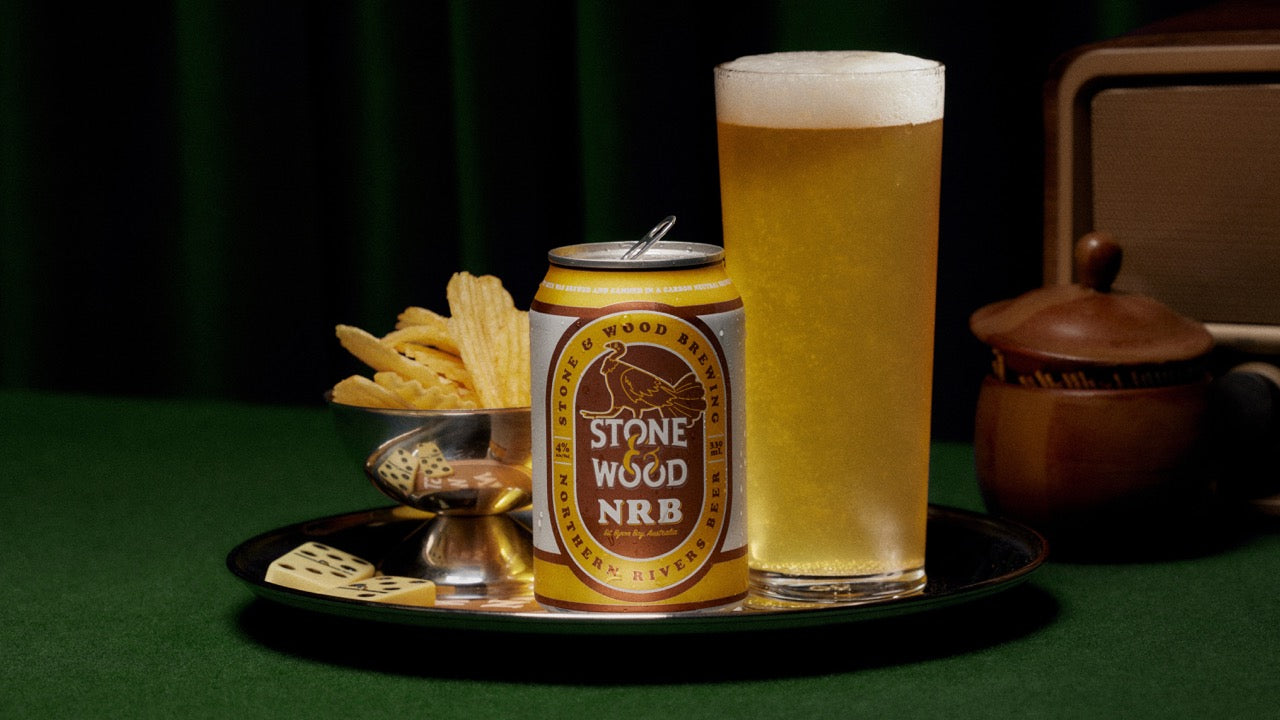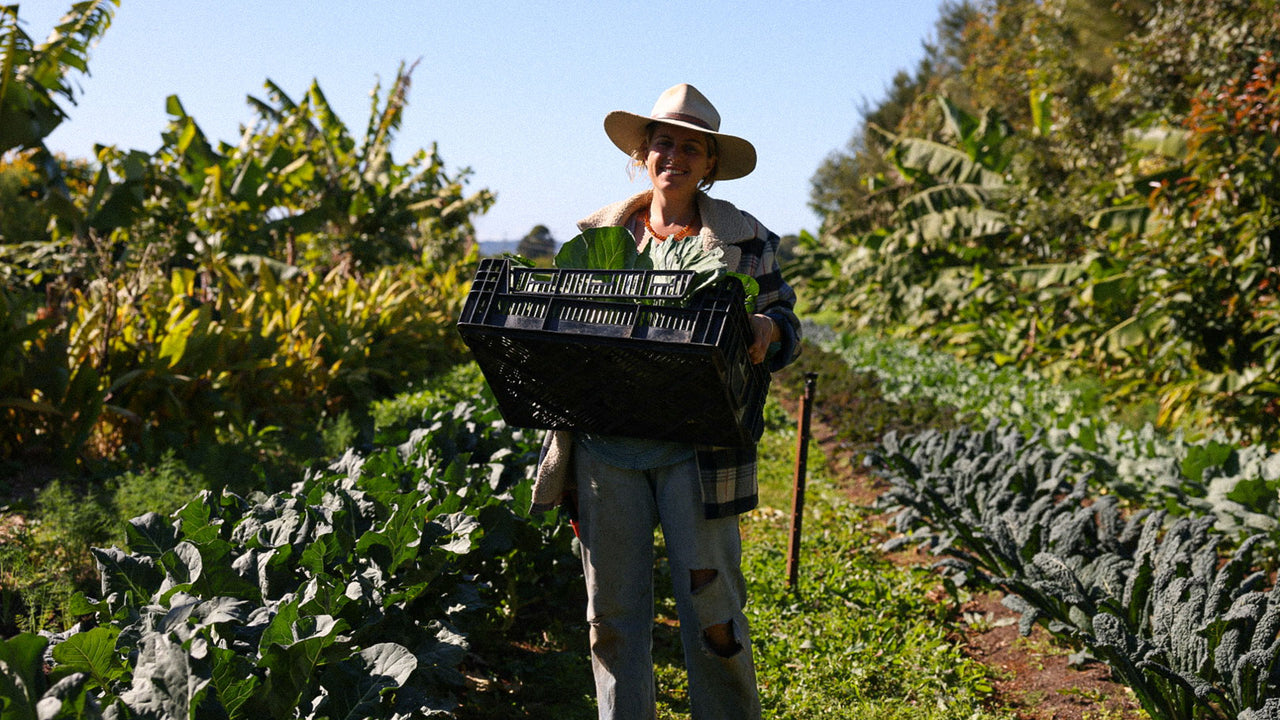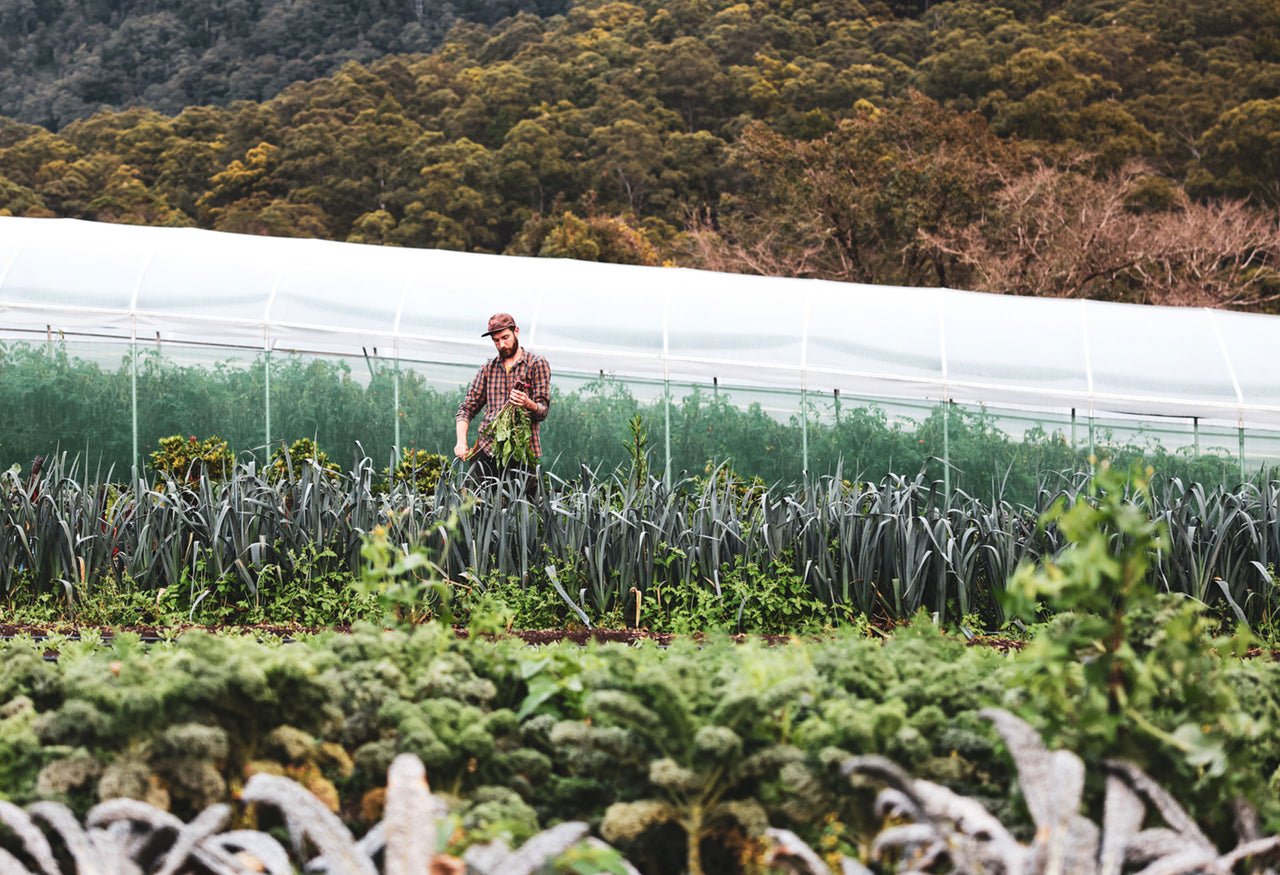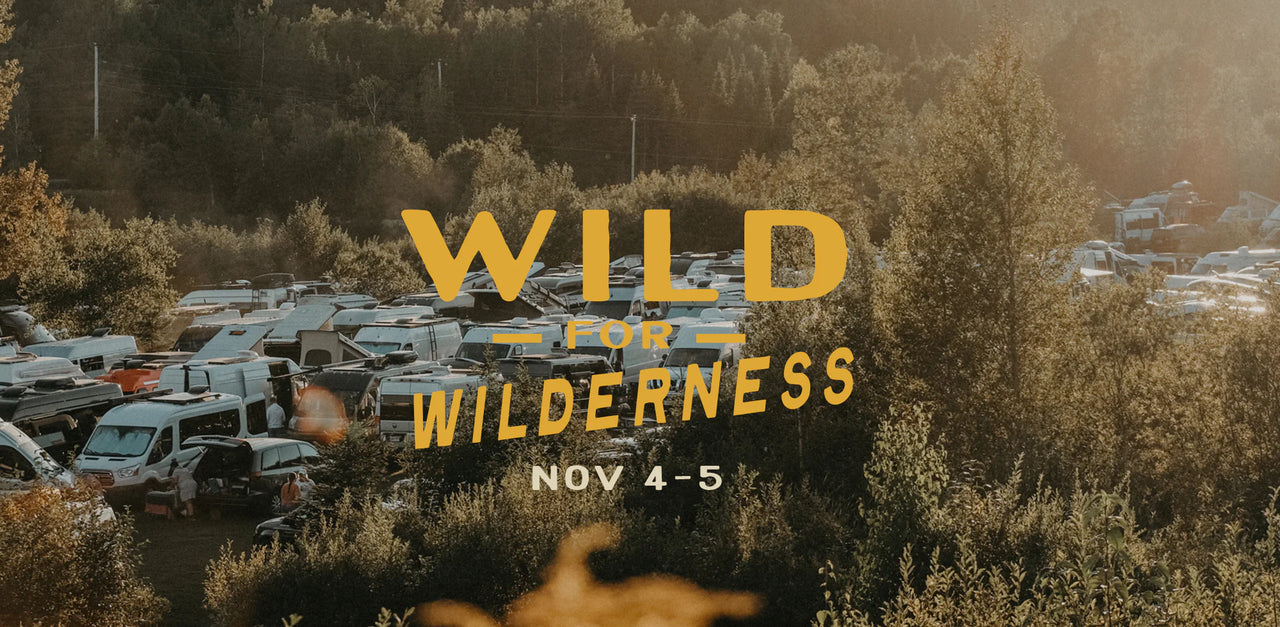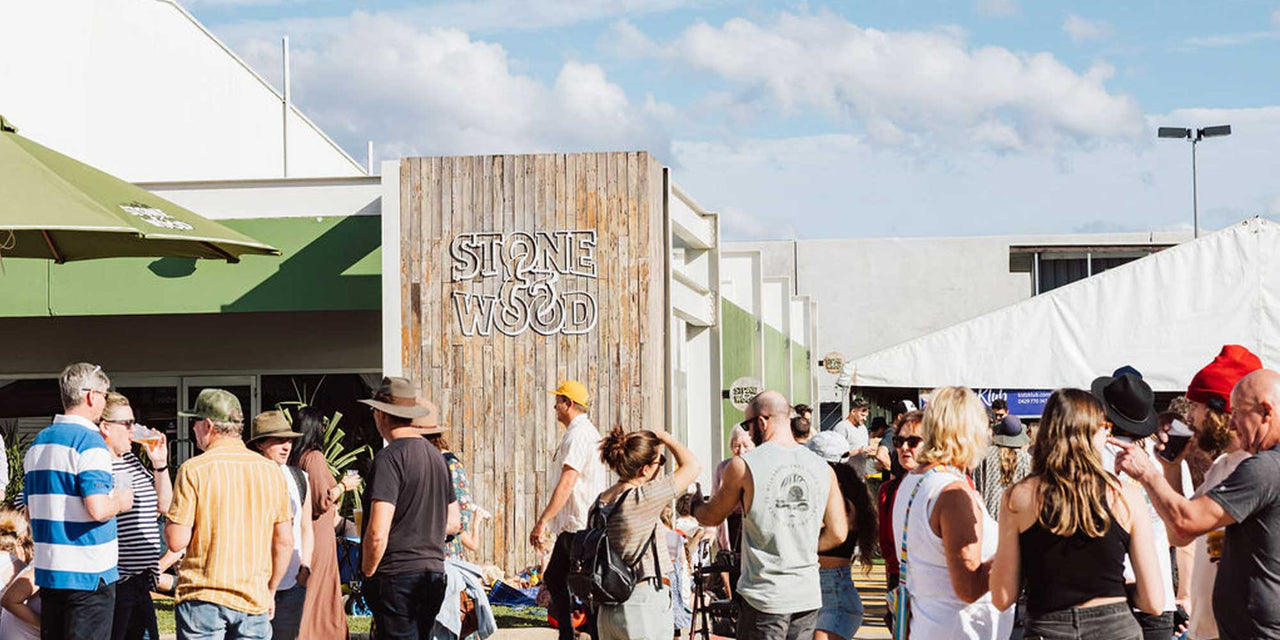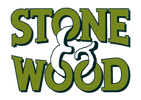'The hand of man is the most valuable commodity in any product...'
Richard Harvey is a ‘doer’… and to be honest he’s done more than many could dream of. I sat down with him and had a beer that I’ll never forget, chatting about his exhibition, work, play, surfing, travel, life…the whole lot really, before his photography exhibition ‘Adventures of the Deep’ at our Byron brewery.
The images that filled the brewery’s walls were a select few from Harvey’s life of adventure, each with it’s own story or collection of experiences… If they say a picture paints a thousand words, he’s got a thousand words to enhance and compliment each image. He’s a man you could chat with for a week and still be intrigued, one with an appreciation for the right things and whose story in life reflects that….
Beginning with his roots, where’s home… where did you grow up?
I was a Sydney boy to start with growing up in Mona Vale on the North Side. As a kid I had a surfing sponsor, I was paid $15 dollars a week and was given the use of bright orange FG Holden Ute. I used to drive the ute from Sydney through Byron, to Queensland and ended up spending most of my time in this part of the world, so I eventually moved to Gold Coast around 1969-70. Even though I travelled a lot through the 70’s, I’d still call Burleigh home. Burleigh point was my local, I’d surf the now ‘Super Crowed Bank’ in the 60-70’s when there was six to seven guys out. I’ve been in Burleigh ever since, still there today with a house up on the hill.
What got you into shaping boards?
Right from the beginning really, when I was getting paid to surf (about 18-19 years old) and there were no waves, I’d go to the factory asking for something to do… So I started cutting shapes out of the thick, chunky blanks, with a ridiculously heavy plainer…not like these days where they come pre cut. I was shaping between travelling and before I won the ‘73 Australian title in really big waves at Margaret River.
Out of the many, what’s been your favourite board?
When I was in France once I met this engineer, he had a contract with the government to build the balsa parts for the French fighter aircraft. The engineer was a fanatical surfer, an old bloke, that didn’t really understand surfing but had a factory in Bayonne to build boards. All the travelling surfers would drop in and build boards there. This particular Balsa wood was from trees in Madagascar, it was super light and soft and due to Balsa’s nature and long fibre characteristic it smoothes everything out, turning choppy waves into velvet. I built this board with a pintail and surfed it all over the world, included 20ft waves in Bali.
Was the board inspired by any particular wave or break?
Not a wave but the material…this board was inspired by the wood. Balsa is the queen of all woods, it’s soft, it’s light, its easy to work with and it smoothes everything out… sort of like driving in a Rolls Royce.

What boards do you enjoy shaping most?
I tend to shape one offs…custom type boards. Stuff that you don’t get in the normal surf shops. Boards that reflect the person and waves who I’m shaping for….
Twenty years ago, did you expect to see so many kids surfing single, twin fin and retro shaped boards?
What happened with surfboards is that we were building all these types of boards and the media had so much pull, that when Simon [Anderson] won Bells on a thruster everyone went out and bought or shaped one. But after a while people have started to realise these really thin and knifey type boards were really hard to ride and maybe not so enjoyable, so in an effort to get more waves people started to discover and change there choices. Surfers went in all directions, discovering alaia boards an all different shapes purely for the love of surfing and the enjoyment, not any other reason.
For me it’s all about connecting, regardless of what board you’re on, connecting to the wave or the energy. The person riding a wave is connecting to the energy of the universe, connecting to the tides, the wind, the sun, the weather patterns and the spinning of the planet.. I guess that’s why it’s so addictive. People can get to caught up in the gear, the look and feel of their boards rather than the simple act of connecting with the wave. As long as the board connects you to that energy, then you’re really surfing…

Talking about the exhibition… what spurred the 1975 trip to California where the ‘Adventures in the Deep’ photos were taken?
When I was about 26 I was in Bali with the guys making the surf films Tubular Swells and Free Ride, they were going to Mexico next to shoot a place called Scorpion Bay and needed a film editor… so I was invited to help edit this next sequence. We were in California en route to Mexico and heard about these kids skating in a pool, so we thought we’d go check it out and film it.
How old were the kids skating?
The kids were fairly young, they didn’t have cars yet, probably late teens…early 20s.
What camera did you use to shoot El Rio’s pool?
I had a Nikon. I’m a Nikon man and have been since…forever. Most of us old blokes used Nikon, due to the lens quality. Nikons always had good lenses with real clarity.

Thoughts on travelling pre technology, not as a new age ‘hipster ‘ trend but as a reality?
Cultures were separated, through the communication revolution we’re all now connected. Back then you could be in Morocco…so isolated without a clue what was going on anywhere else. It was good though because wherever you’d go every town/place was an individual community, culture and experience rather than the same jeans and tee look. It was raw, real and different, bombarding the senses, especially in the real extreme places.
As a shaper and a photographer describe the value of something that is ‘handcrafted’?
The hand of man is the most valuable commodity in any product. Because the hand of man has a personality connected to it. Any product created by hand has the energy, character and the care of whoever made it. The more precise, the more articulate and the more knowledge they put into a product, the better it will be. When someone picks it up or uses that something they can feel that energy, that personality, which commercialised “flat” products don’t have.
When we work with surfboards its all about the feel. It’s about the hands, your eyes… where you see a sense of acceleration in the curves or movement in its shape. We analyse people, the waves and apply our knowledge to create something that has a personality suited to the person and the waves they’re surfing. A sympathy for all the pieces needed to fit together and…connect.

For you how does ‘The Way it Should Be’ resonate… in terms of life, work and as a philosophy?
It’s about feeling good and making others feel good. When I build surfboards that are suited to the person and they’re happy, I come home I don’t kick the cat, I’ve got a smile on my face…life’s good. It’s about pleasure, enjoying life, applying that to everything you do and passing that on. We all float through life bouncing off various experiences, holding on and pursing those that we enjoy and letting go of those we don’t…
A beer is something to enjoy… where’s you favourite place to do so?
At home, you can totally relax. When you’ve got a nice view and a nice house, I guess that’s where I like to enjoy a beer most.
Richard is still shaping boards today, working out of a factory in Miami. He’s someone that I, could listen to for hours on end, a humble hero and a true inspiration. If you’re on the Gold Coast pay him a visit…even if he’s busy shaping in a cloud of fibreglass he’ll definitely have the time of day for you.

Photo Courtesy- Richard Harvey, Grant Dwyer and Dick Hoole
Words – Bronte Stephens
